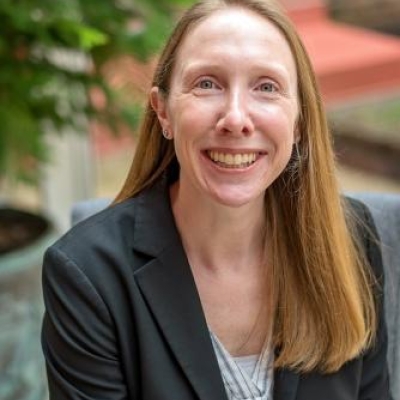????
????
????
It's time for schools to begin interviewing teacher candidates for next school year. The six schools we authorize in the Buckeye State are no exception, including Ohio's first KIPP school. Along with conducting interviews, KIPP school leaders also conduct classroom observations of candidates in action, evaluate the progress the candidates' students have made, and review their licensure and Highly Qualified Teacher (HQT) status (as required under No Child Left Behind).
Ohio's KIPP school is facing the same dilemma we've watched other innovative schools in the Buckeye State face since at least 2002: do you hire a candidate who is a first-rate teacher and appropriately qualified, but not considered "highly qualified" under NCLB? These are often out-of-state candidates who come from innovative programs like Teach for America. If a school does hire such a teacher, you might get an extraordinary educator who will make a positive difference in the lives of students and the culture of the school. That's the ultimate upside. The downside, though, is public perception. HQT data is public and highly publicized in Ohio. No one wants their school on a list of buildings that employ "under-qualified" teachers. And, if you do hire a non-HQT individual, you must send a letter to parents notifying them that, per NCLB, the teacher is "not highly qualified." In a competitive market, this might push the parents of a new student to remove their child from the school.
The theory behind HQT makes sense: set a baseline for teacher qualifications and provide incentives for schools to hire qualified teachers. But the theory collapses in practice. Like much else in NCLB, the definition of "highly-qualified" differs from state to state and focuses all too often on paper certification over teacher quality. In Ohio, to be HQT a teacher must have a bachelor's degree (fine), a teaching certificate/license (based largely on seat time in education courses), and demonstration of subject-area expertise (Praxis II exam). This definition favors teachers (good or bad) who enter the profession fresh from colleges of education and intend to make teaching a life-long career. Mid-careerists and others who enter the profession through alternative pathways (including TFA and the New Teacher Project) have a hard time attaining HQT status in Ohio, despite the fact that they may be more effective in the classroom than their HQT peers. HQT status bears no relationship to student performance, and that is a critical misstep of the law itself.
Ohio's HQT rules certainly don't cut it, and as such those rules are just one more bureaucratic hoop and challenge that Buckeye State public schools-charter and district-have to deal with.
